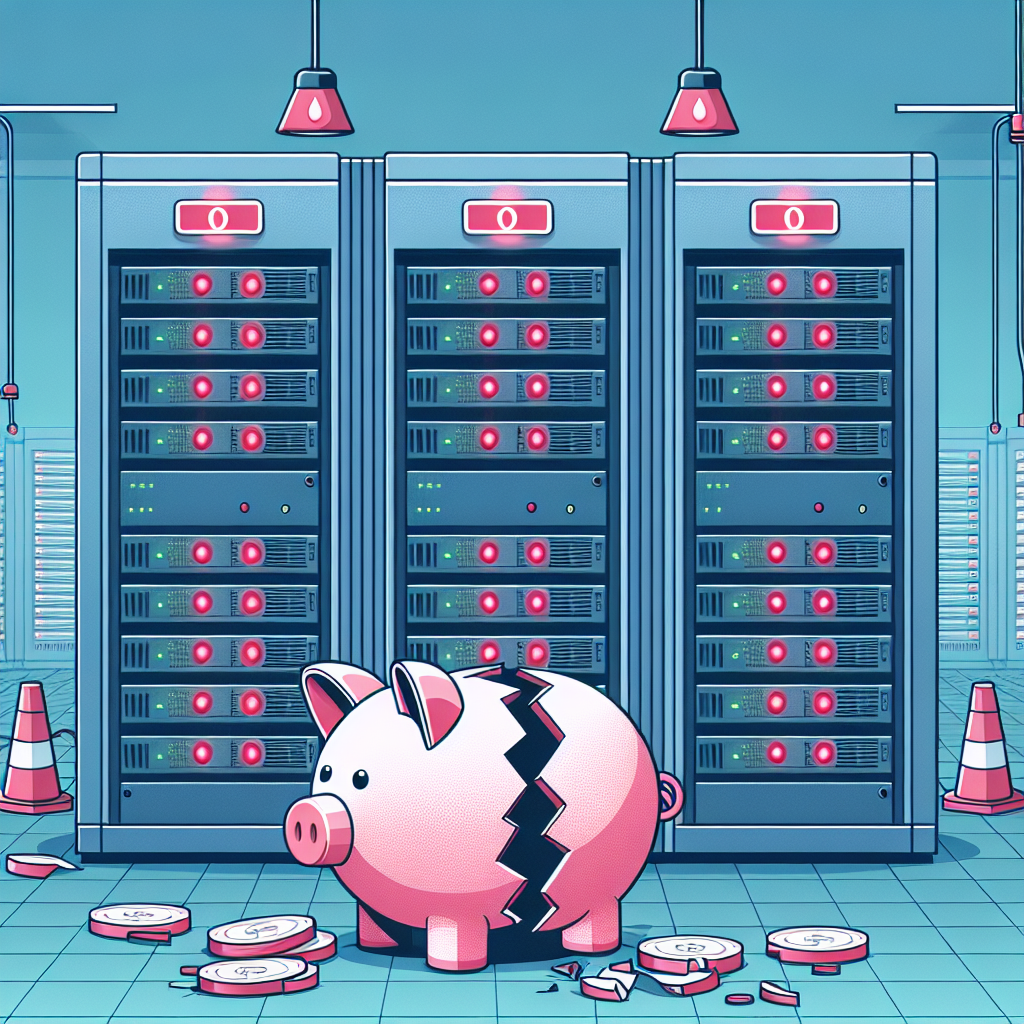Data center downtime can have a significant financial and reputational impact on businesses. In today’s digital age, where businesses rely heavily on technology to operate, any interruption in data center services can result in lost revenue, customer dissatisfaction, and damage to a company’s reputation.
Calculating the financial impact of data center downtime can be a complex process, as it involves not only the cost of lost revenue but also the cost of restoring services, potential legal fees, and the cost of reputational damage. According to a report by the Ponemon Institute, the average cost of data center downtime in 2019 was $9,000 per minute, which translates to over $500,000 per hour.
The financial impact of data center downtime can vary depending on the size and industry of the business. For example, a small business may lose thousands of dollars in revenue for every hour of downtime, while a large corporation may lose millions. In addition to lost revenue, businesses may incur additional costs to restore services, such as hiring IT professionals to troubleshoot and repair the issue, purchasing new hardware or software, and paying for legal fees if the downtime results in a breach of data security.
In addition to the financial impact, data center downtime can also have a significant reputational impact on businesses. Customers expect businesses to be available 24/7, and any interruption in service can lead to customer dissatisfaction and loss of trust. A study by Veeam found that 68% of consumers would consider taking their business elsewhere if a company experienced prolonged downtime.
Reputation damage can be difficult to quantify, but it can have long-lasting effects on a business. In today’s digital world, where news spreads quickly through social media and online reviews, a business that experiences frequent downtime may struggle to attract and retain customers. This can ultimately lead to a loss of market share and revenue.
To mitigate the financial and reputational impact of data center downtime, businesses should invest in preventative measures, such as redundant systems, backup power supplies, and disaster recovery plans. Regularly testing and updating these measures can help businesses minimize the risk of downtime and ensure that they are prepared to quickly restore services in the event of an interruption.
In conclusion, the true cost of data center downtime goes beyond just the financial impact. It can also have a lasting effect on a business’s reputation and customer relationships. By investing in preventative measures and being prepared to respond quickly to downtime, businesses can minimize the impact and protect their bottom line.










